- Home
- Survival Fire Starters
- Flint and Steel
Flint And Steel
This post may contain affiliate links so I earn a commission.
Flint and steel fire starters have been around for hundreds of years.
Although the concept is pretty simple, starting a fire using this method is not as easy as it sounds.
To consistently start a fire with these tools will take practice.
However, once you have the technique down and a basic understanding of the equipment, a hot fire is something anyone should be able to accomplish.
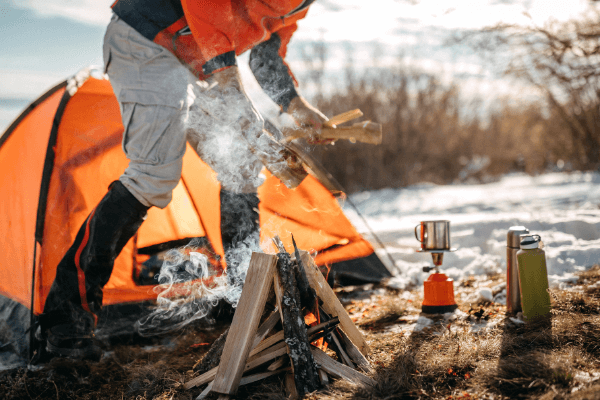
This method is all about using the flint to shave off the steel, which will cause the shaved pieces of the metal to heat up.
The 3 Basic Components
To begin starting a fire using the flint and steel method, you will need three basic pieces of equipment:
- Flint
- Steel
- Tinder
In order to understand the process a little better and perfect this skill, lets take a closer look at each individual piece of equipment:
Choosing Your Tinder
Tinder can include dry leaves, cattails, or char cloth.
Char cloth must be made in advance, so it’s not something you can find out in the wilderness.
You will need to transfer the spark from the char cloth onto another bundle of tinder, such as dry leaves, before adding it to larger wood.
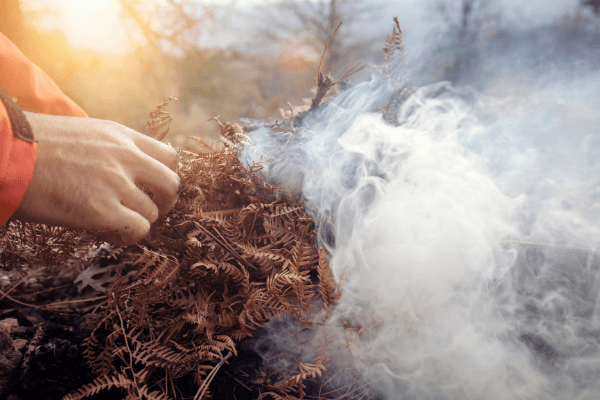
Char cloth is made by taking a flammable fabric, such as 100% cotton, and slowly burning the fabric to break the cloth down.
When done correctly, you will have dry tinder that you can carry around with your flint and steel.
You can’t start a fire with damp tinder, so having char cloth prepared in advance in your fire-starting kit will ensure you can start a fire in an emergency.
The Flint Stone
The flint or flint stone is a hard sedimentary cryptocrystalline.
It's a form of the mineral quartz. Flint can be found in chalks or limestones as nodules.
Nodules are lumps of another material that invade the base material.
Think of this like tumors on the body, which are abnormal or foreign tissue. Flint nodules are foreign minerals to their base minerals.
This stone can come in a variety of different colors.
It's often a dark gray color; however, it can be green, white, black or even brown.
The flint stone will also have a unique glossy or waxy appearance.
Choosing The Correct Steel
The steel you want to use for striking the flint needs to be high carbon steel.
If you are a do-it-yourselfer, you can make your own steel striker by taking any piece of high carbon steel you can find.
Iron and alloy steel aren’t ideal for steel strikers because they don’t generate enough sparks.
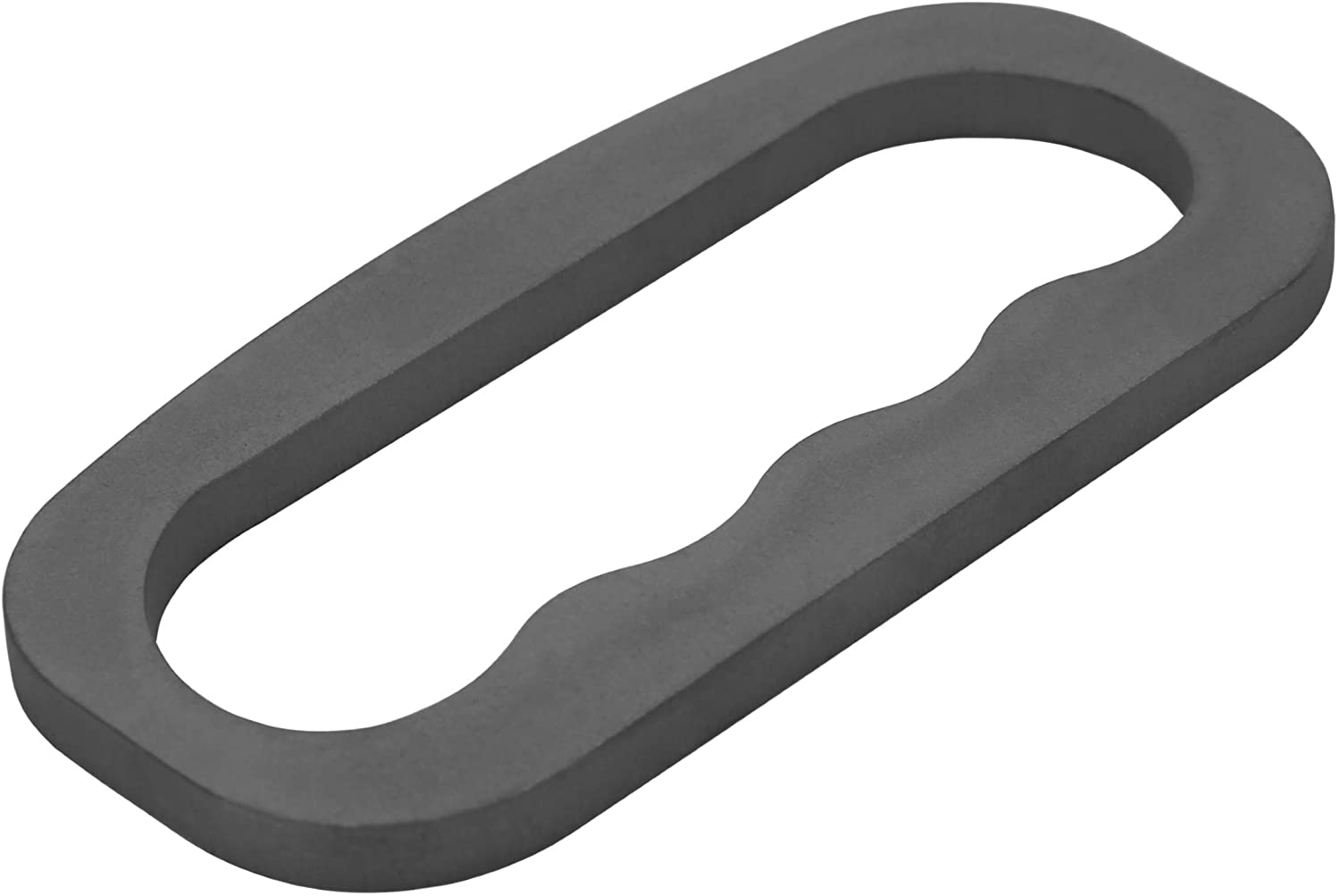
Old files or leaf and coil springs are often made of high carbon
steel.
There is a process and several additional steps that need to be followed if you want to create your own steel.
If you're not a do-it-yourselfer, you can simply purchase a steel striker.
They usually come in a "C" or "U" shape.
It's a personal preference which style you choose. It just needs to fit your hand comfortably.
The Char-Cloth
It’s official, char cloth is a ninja secret.
Char cloth was first recorded in an authentic ninjutsu manual called “Legends of Ninja Secrets,” which was written by Hattori Hanzo in 1560. Traditionally char-cloth was usually made from cotton, silk, or paper.
Typically, it's now commonly made from 100% cotton material.
Regardless of the material, it needs to be pure and not mixed with other materials.
The material needs to be highly flammable to make good tinder.
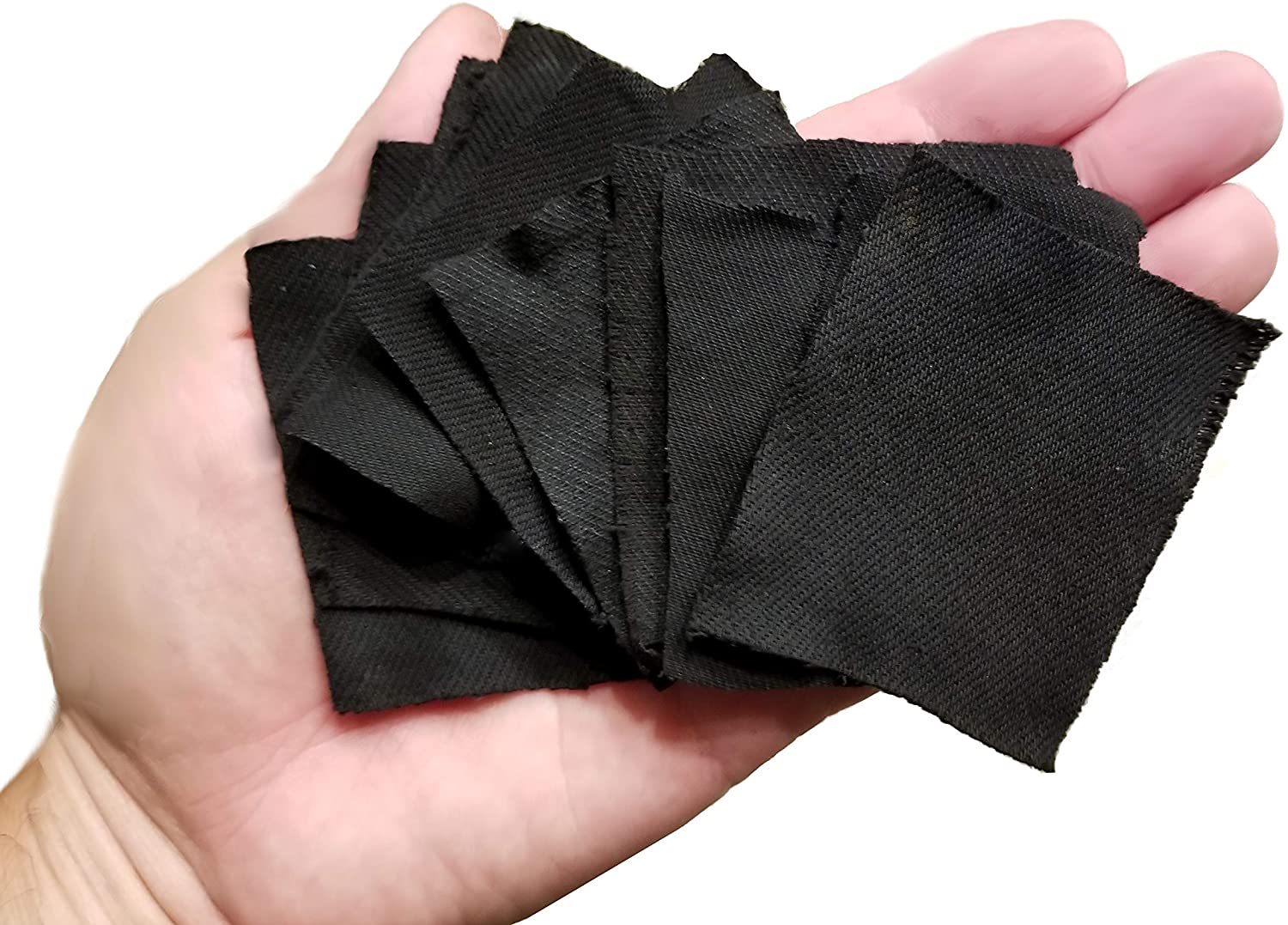
Char cloth needs to be dry roasted to be able to light quickly from the spark created by the flint and steel.
Char-cloth is material that has been previously charred in a fire and then smothered.
This process makes the cloth easy to re-ignite.
You can actually make your own char-cloth with a few additional steps but sometimes it's easier just to buy it pre-made.
If you don’t know what you are doing, you could easily heat the cloth too much while making it, or have char cloth that isn’t prepared correctly which will make it difficult to light.
This can cause you problems if you go to use it and it won’t ignite from the spark.
Start A Fire With Flint And Steel
Ok....you have all the basic tools together to start your fire except one crucial item, tinder.
Tinder is a small combustible material that's easy to light.
This is arguably the most important step.
If your tinder is damp, wet, or too big it will not light.
No matter how many sparks you make with your flint and steel, if your tinder doesn't light it's useless for starting a fire.
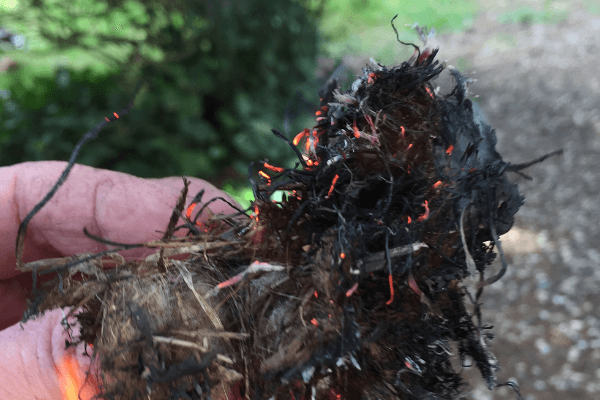
I have seen people use dryer lint, cotton balls with petroleum jelly or just about anything that's small and combustible.
If you don't have anything like that available simply gather dry grass, leaves or anything similar that's small and dry.
Gather a pile of your material together and make a structure similar to a bird nest.
Here's where it gets a little tricky.
There's a lot of different ways to set up your tools. How you actually set them up will be the personal preference that works best for you.
The goal is the same, you want to strike your flint with the steel creating sparks that will be caught by the char cloth which, will in turn light the char cloth, which will light the tinder.
Essentially, your char cloth catches the spark, allowing you to transfer it to the tinder.
One way to do this is to put your char cloth on or next to (touching) your tinder bundle.
Hold the flint and steel striker directly above the char cloth and tinder bundle.
Strike the steel in downward motions throwing sparks down onto the char cloth.
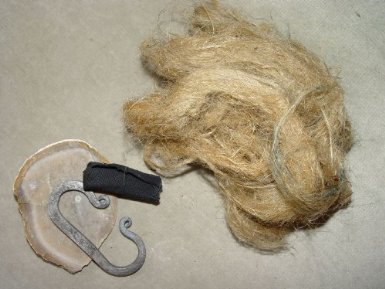
Once you see a red glow on the char-cloth where it has caught a spark, start gently blowing on it.
Fire needs oxygen and blowing on it will feed oxygen to your char-cloth to help ignite the tinder.
Once you see flame, keep feeding that fire with small tinder and work your way up to bigger pieces until you have a roaring fire.
Overall
Although this method of starting a fire sounds easy on paper, it's actually pretty difficult.
This traditional method does not throw as many hot sparks as some of the newer methods available.
So, if you're up for a challenge grab yourself some traditional flint and steel and go build a fire!

About the Author
Obsessed with firewood, Nick is behind over 350+ of Firewood For Life's articles, as well as countless reviews, guides and YouTube videos to help readers like you reduce heating costs and create the perfect fire.


